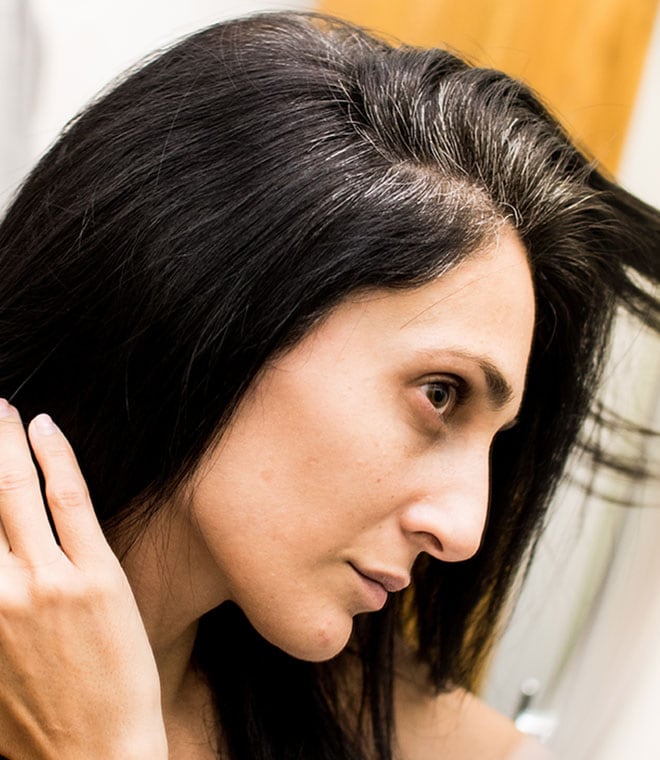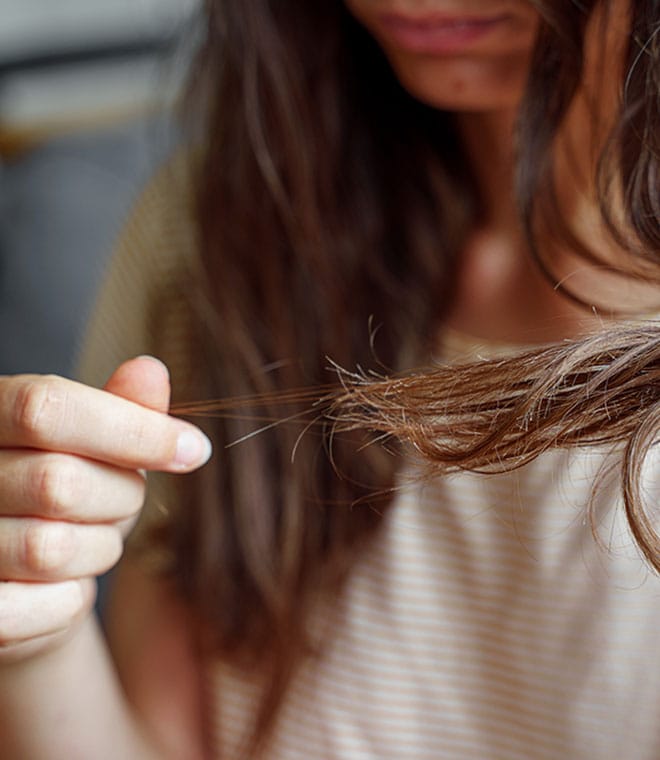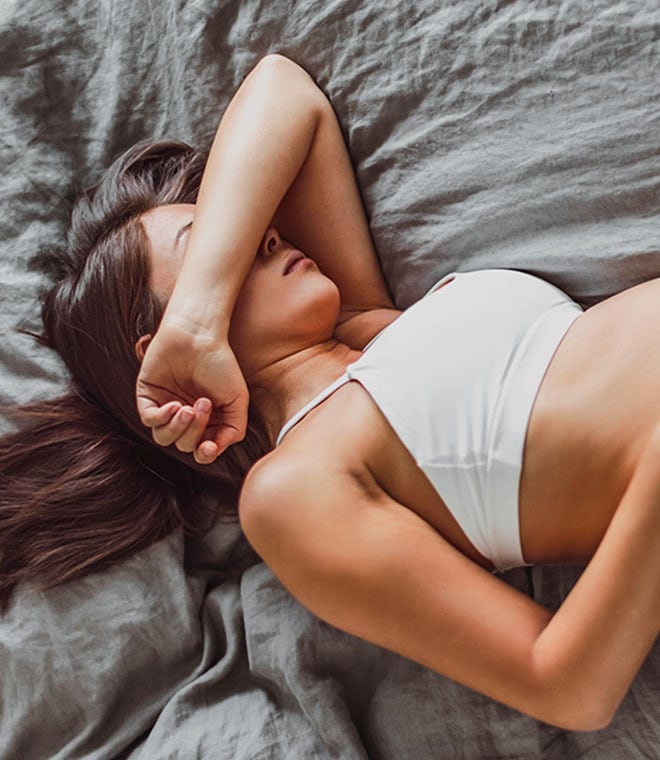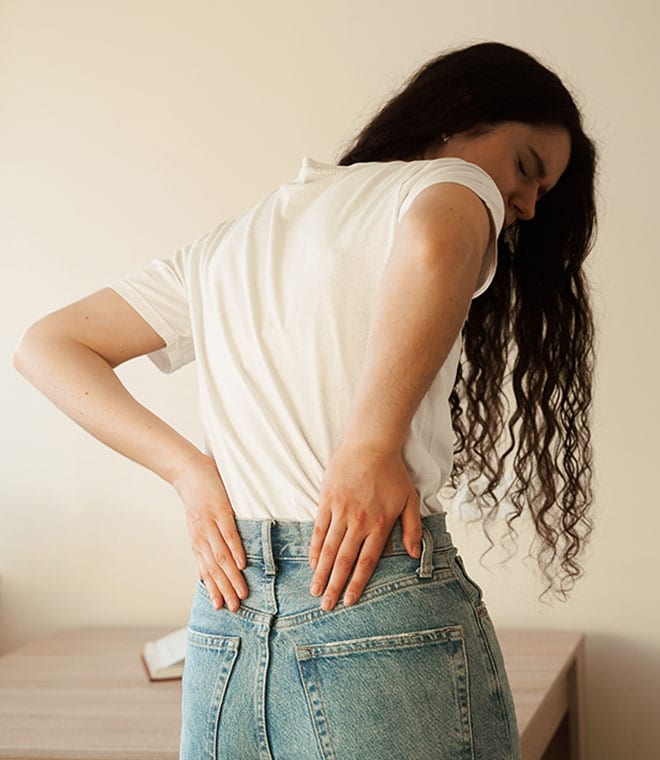Health
What causes female hair thinning at the crown?
By Anna H. Chacon, MD, FAAD Dec 07, 2022 • 4 min
Over half of all women will experience some form of hair loss at some point. The locations and patterns of thinning hair experienced by women depend on the type of hair loss. Hair loss in women that begins at the center of the crown and then spreads outward is normally caused by androgenic alopecia, or female pattern balding, the most common form of hair loss for women.
What is female pattern balding?
Female pattern balding, or androgenic alopecia, is a type of progressive hair loss that usually begins along the center of the scalp, near where you would place your comb if you were going to part it down the middle. It then moves outward symmetrically in both directions. Thinning hair in these areas can progress into bald spots. However, women with this condition usually don't become totally bald.
Men also experience a form of androgenic alopecia, commonly called male pattern baldness. Unlike female pattern balding, male pattern baldness usually begins in a circular patch on the vertex or back of the scalp and then radiates outward or travels from the hairline along the forehead and temples toward the back of the scalp.
What causes androgenic alopecia hair loss in women?
Although the exact cause is unknown, researchers believe that many genetic and environmental factors contribute to androgenic alopecia. This type of hair loss may also be related to changes in hormones called androgens.
Most women don't experience female pattern balding until after menopause, when estrogen levels naturally drop. Because androgenic alopecia often occurs within families, it’s often referred to as “genetic hair loss,” or hereditary hair loss. If you have a family member who has male or female pattern balding, you're more likely to develop androgenic alopecia than someone who doesn't.
Recommended hair loss treatment for women with FPB
With treatment, it’s sometimes possible to slow the progression of female pattern balding. In some cases, treatments can reduce thinning hair and encourage hair to regrow in areas where loss has already occurred, but in many cases, hair loss can’t be reversed, and preventing it from worsening is the key goal. Hair loss treatment for women with female pattern baldness may involve minoxidil, spironolactone, laser therapy, hair transplants or platelet-rich plasma therapy. Healthcare providers may prescribe more than one treatment at a time, and it’s sometimes necessary for women to try numerous treatments before they see results.
The sooner you start treating female pattern baldness, the greater your chances are of reducing the severity of your symptoms. Talk to your healthcare provider as soon as you notice signs of thinning hair at the crown so you can get an official diagnosis and begin treating the condition.
Published December 2022.
Sources:
- https://www.aad.org/media/stats-numbers
- https://www.aad.org/public/diseases/hair-loss/causes/18-causes
- https://www.aad.org/public/diseases/hair-loss/types/female-pattern
- https://medlineplus.gov/ency/article/001173.htm
- https://medlineplus.gov/genetics/condition/androgenetic-alopecia/
- https://nyulangone.org/conditions/hair-loss/types
- https://www.hopkinsallchildrens.org/patients-families/health-library/healthdocnew/hair-loss
- https://my.clevelandclinic.org/health/diseases/16921-hair-loss-in-women
- https://www.mayoclinic.org/diseases-conditions/hair-loss/symptoms-causes/syc-20372926




